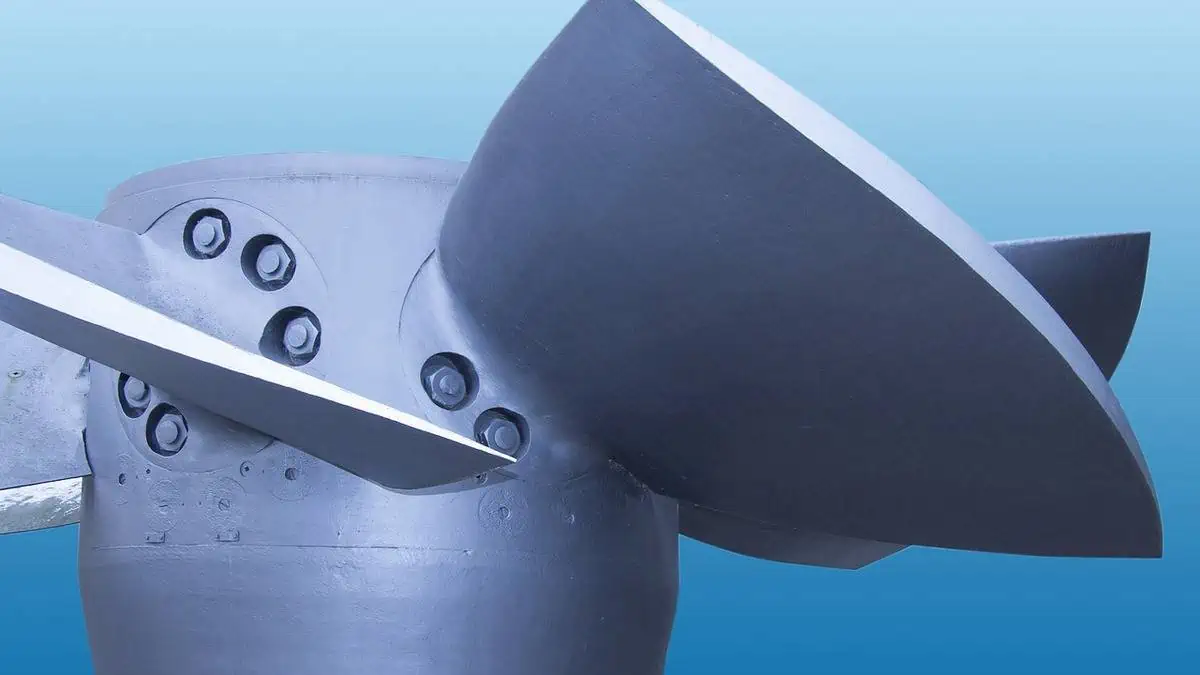The world’s fourth-largest hydropower producer, Hydro-Québec, will provide 1,250 megawatts of clean electricity to New York City via the Champlain Hudson Power Express (CHPE), a high-voltage direct current (HVDC) line, according to Electrek.
Compared to alternating current (AC) transmission, HVDC delivers electricity across long distances more efficiently. In the spring of 2026, the CHPE is anticipated to be fully functional and will be totally buried. More than 372 miles (600 km) of power will be transmitted through this.
It will link at a location on the Richelieu River after leaving the Hertel substation in La Prairie, Canada. When it reaches an HVDC converter station in Astoria, Queens, it will be linked to the Con Edison grid after passing over Lake Champlain and the Hudson River.
On the other hand, Waterways, current roadways, and railroad rights of way will all be used for the project, while its cable monitoring will be continuous. Remarkably, they will require almost no maintenance until the damage is observed.
The CHPE revealed yesterday that it had signed agreements with three businesses to manage significant construction projects. Electrek detailed them:
| · “Cable supplier NKT will complete the design, manufacturing, and submarine installation of the project’s two 5-inch diameter 400kV high voltage direct current (HVDC) cables.· Hitachi Energy will design, deliver, and test the technology for the converter station at the Astoria Generating Complex in Queens. It will also will supply the HVDC light converter station that will convert the DC power from Canada to AC power and make it available for the AC grid in New York.· Construction company Kiewit will lead the on-land construction activity for the entire HVDC route including the converter station in Astoria.” |
An average yearly reduction in emissions of 3.9 million metric tons is anticipated from the CHPE. That would be the same as taking 44% of New York City’s passenger automobiles off the road.
By 2030, New York State must be powered by 70% renewable energy, per the new Climate Leadership and Community Protection Act (CLCPA).






